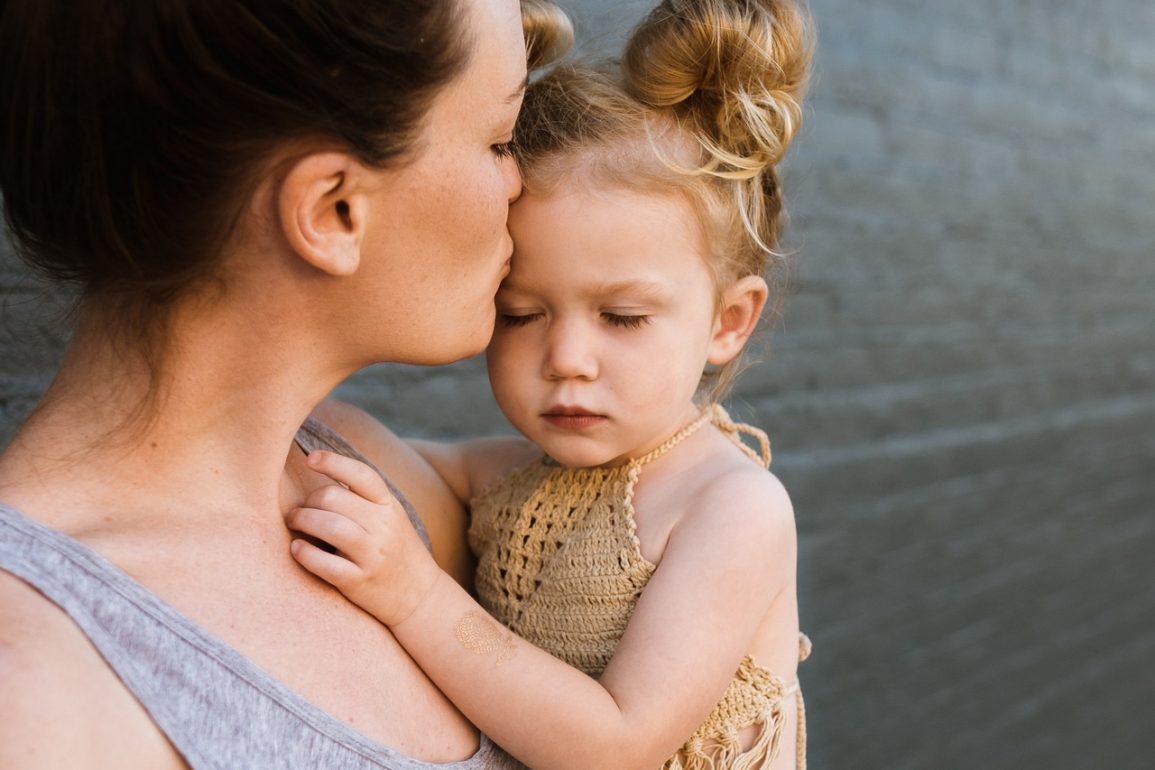Child Custody Rights & Making Arrangements: Procedure and Guidelines
Issues surrounding the custody of your children are important and should be handled properly. As parents you always want to keep your child’s best interests at heart and arranging custody is no different. It can sometimes be confusing and hard to navigate the proper procedures and intricacies so it could be worth contacting a family lawyer to guide you through the process and help advise you properly.
A Child Arrangement Order is what is used to split the time your child spends with each parent. The aim is to maintain and develop a healthy bond between the children and both parents as much as possible unless there are any safeguarding concerns.
Communicate effectively
Co-parenting in any form can be challenging so communication is key. You must both be able to agree on some core values, such as supporting your children to have an uncomplicated relationship with their other parent and keeping your feelings about the other person separate from your co-parenting arrangement.
It is inevitable that when you are spending time apart from your children that you will miss small details and the same will be for their other parent. Trying your best to keep the other informed will help to prevent any resentment from building up and help your child feel secure.
Key steps in UK child custody procedures
Going to court about child custody issues can be a daunting prospect and many parents are unaware of what the processes will be. In England and Wales, the courts generally rule that a mediation meeting known as a Mediation Information and Assessment Meeting (MIAM) takes place before any applications will be considered. Whilst this is not used for every type of heating, it is used for child custody and child arrangement applications. This meeting is used to determine if the disagreement can be settled without the official involvement of the courts.
If the mediation meetings fail to come to a satisfactory conclusion, then the next step will be to fill out the court paperwork. The form you will need to fill out is a C100 form. There is a specific section to fill out about the mediation meetings to make sure the correct procedure has taken place before going to court. Applicants will also have to have completed some safeguarding checks from CAFCASS who will then inform the courts that this has been done.
Once the paperwork has been submitted there are typically three hearings for you to attend. The initial hearing is the First Hearing Dispute Resolution Appointment where safeguarding is considered, and the direction of subsequent hearings is laid out.
You may then be required to attend a Fact Finding Hearing where the court can investigate any allegations or issues that have been raised. Finally, there will be the Final Hearing where the custody order will be imposed.
Mediation and legal assistance in child arrangements
If you or your partner qualify for legal aid, mediation is a free service for both of you that is given before going to court as Mediation Information and Assessment Meetings. If you do not qualify, the fee is around £90 per person. In some situations, you may qualify for the Family Mediation Voucher Scheme which was established as a response to the COVID-19 pandemic. Your mediator will discuss this with you at the MIAM.
Many people find that going through mediation instead of the courts is less stressful and quicker. Your mediator acts as a middle-ground between you and your partner without being on anyone’s side. Many mediation services will offer a pathway where your children can be heard and included in the process, allowing them to feel as though their views have been taken into account.
Poppy Watt


